This is my first post of the year, and I don’t believe I properly closed the previous year.

Surreal traffic sign in Belgium
On the last day of 2015 I paid a visit to the Magritte Museum in Brussels. It was one of those surrealist days, when the Brussels mayor has just announced the cancellation of the new-year fireworks, and the city was still under terror alert level-3, meaning that a threat is “possible and likely.”
I was early – just before the opening of the museum – and the city had something unreal. The air was fresh, the light was bright, everything was peaceful, and mainly Japanese and American tourists were hanging around enjoying the square.
The entrance of the museum also was surreal: visitors now had to go through a x-ray scanner, like in airports. I am pretty sure the place must be full of CCTV cameras, whose output is possibly most of the time ignored by human or more advanced computer vision systems.
I think we are overreacting here, and that it will get worse. There is a big disconnect between the reality and the perceptions created. And it changes my behaviour. Already now, I notice how I change my behaviour when entering in surveyed territories like airports (and now also musea): I don’t try to look into the eyes of the guard, maybe I dress more conforming, become submissive, and become more careful in the wordings and subjects of my posts and tweets.
I have become submissive.
Luckily, the queue at the museum was not long yet, and I could shrug off the defeat and start enjoying the museum tour.
The Magritte museum is part of a the complex of the Royal Museums of Fine Arts of Belgium, located in the heart of Brussels at the Place Royale. It is housed in the neo-classical landmark Altenloh Hotel, superbly restored in 1984. I had visited the Royal Museums complex before, but never the wing where Magritte is hosted.
The main entrance of the museum is via a big elevator (the museum is spread over three floors, and the tour starts on the 3rd floor). I go quite frequently to an exhibition and one immediately notices when you are entering a league in its own right. This is an absolute world-class collection and museum, I recommend it to anybody who visits our city and has a couple of hours to spare.
“The museum’s multi-disciplinary collection is unrivalled. It contains more than 200 works consisting of oils on canvas, gouaches, drawings, sculptures and painted objects as well as advertising posters, musical scores, vintage photographs and films produced by the artist.”
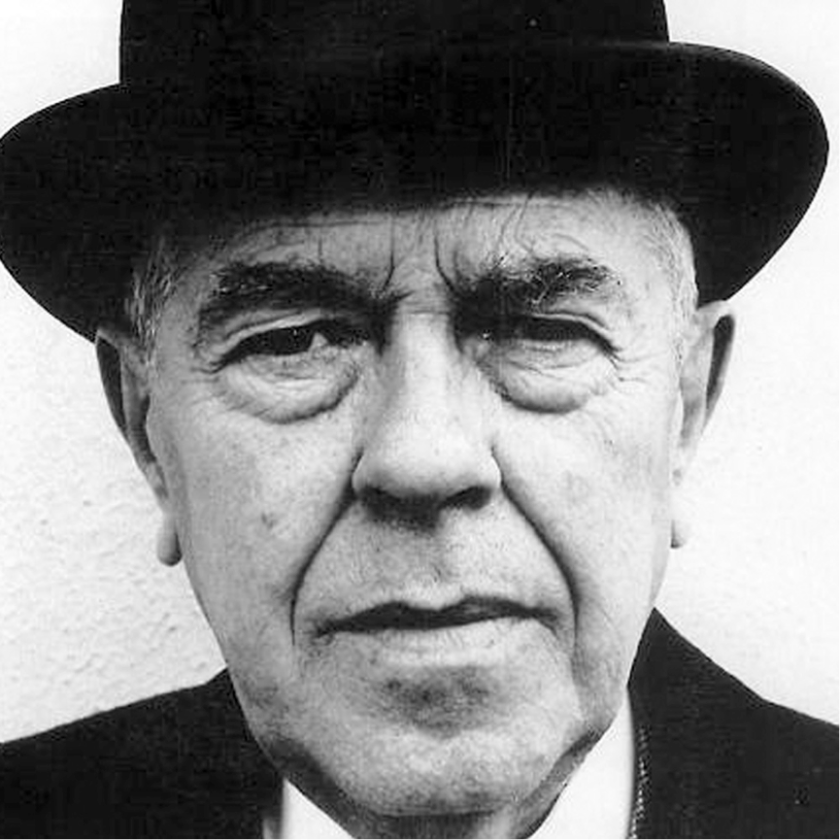
Headshot René Magritte
René Magritte was a Belgian surrealist artist. He became well known for a number of witty and thought-provoking images that fall under the umbrella of surrealism. His work is known for challenging observers’ preconditioned perceptions of reality. (from Wikipedia).
I believe that the skill to “challenge observers’ preconditioned perceptions of reality” – in other words curating, creating, and making sense – is becoming more and more important is this age of rapid change, where shortcuts and platitudes are rather the norm, in stead of depth in our reflections about cultural change.
Robert Fritz said: “Structure determines behaviour, and behaviour drives culture”.
In that context, I highly recommend the book “The Marvelous Clouds” by John Durham Peters, who starts where Marshall McLuhan left it in 1964 (that is now more that 50 years ago), when he coined the phrase “The Medium is the message” in his most widely known book, Understanding Media: The Extensions of Man.
McLuhan proposed that a medium itself, not the content it carries, should be the focus of study. He said that a medium affects the society in which it plays a role not only by the content delivered over the medium, but also by the characteristics of the medium itself.
When I start playing and mixing with Fritz and McLuhan, I get to something like:
“The medium informs the structure,
Structure informs behaviour,
Behaviour informs culture”
A significant part of the structure we operate in is made of media. Media as in plural of medium.
The air is medium, water is medium, the Internet is medium.
But like Magritte, we are unaware how easily the medium can be tricked. Is what we see real, unreal, surreal, or pure illusion?
Check out this great post about Adversarial Machines by Sanim on how easy our machines can get fooled by adversarial robots.
“At the heart of many modern computer vision systems are Convolutional Neural Networks. On some vision tasks, CNNs have surpassed human performance. Industries such as Web-Services, Research, Transport, Medical, Manufacturing, Defence and Intelligence rely on them every day.”
And
“Adversarial Examples are a fascinating area of ongoing research. They highlight limitations of current systems and raise a number of interesting questions. While industries are racing to include visual intelligence systems in mission-critical infrastructure, looking at edge-cases and exploring solutions is a productive path.
The discussion in that post – and especially the part on generating adversarial images and “mangas” – is fascinating. And should us make think very carefully how all this can be used and misused in a medium of networks, CCTV cameras, and online and offline surveillance.
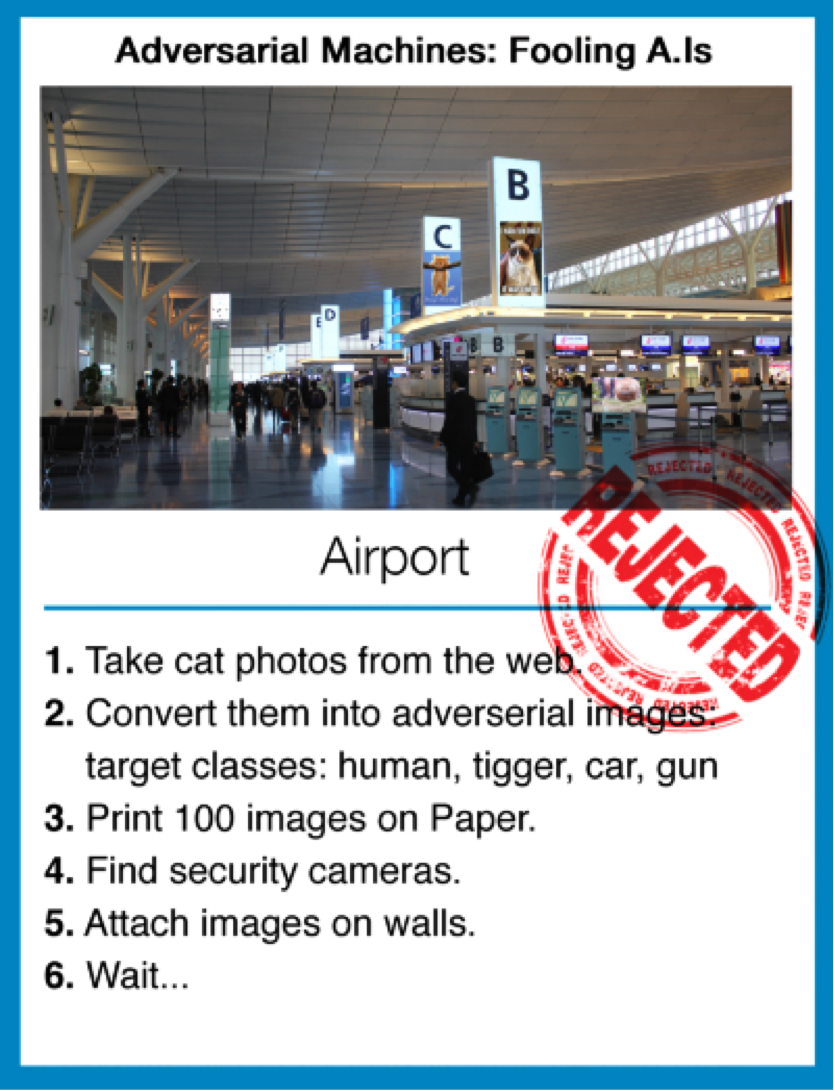
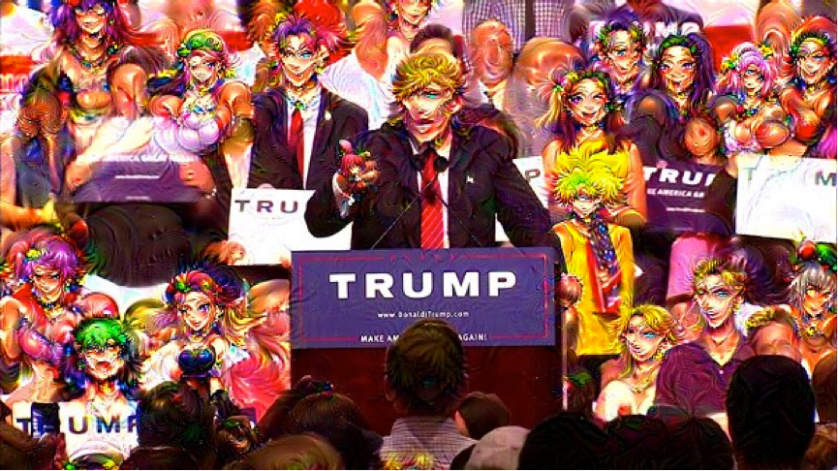
In other words, the image of the reality is not the reality.
The map is not the territory (Alfred Korzybski in 1931), meaning:
- A map may have a structure similar or dissimilar to the structure of the territory…
- A map is not the territory.
In The Medium Is the Massage, Marshall McLuhan expanded this argument to electronic media. Media representations, especially on screens, are abstractions; are virtual “extensions” of what our sensory channels, bodies, thinking and feeling do for us in real life (Source: Wikipedia)
Which brings us full circle back to our friend Magritte who hits the nail – or should I say pipe – in many of his paintings, the most famous work entitled The Treachery of Images, which consists of a drawing of a pipe with the caption, Ceci n’est pas une pipe (“This is not a pipe“).
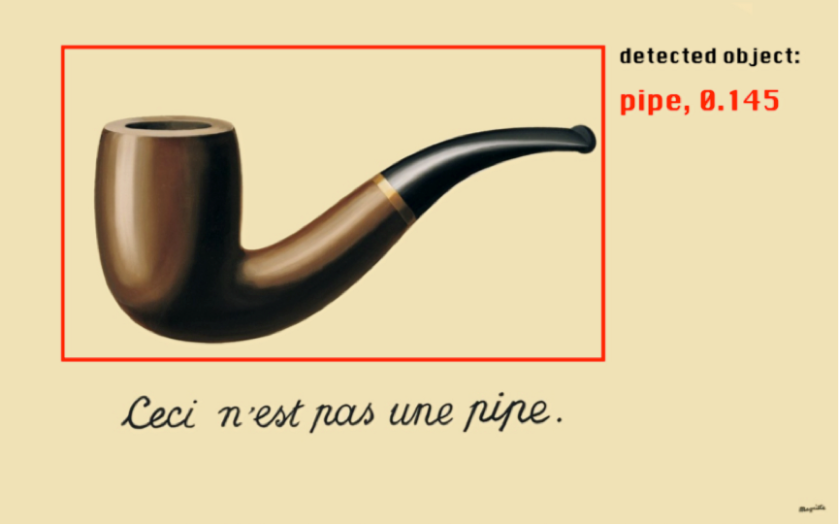
The spirit if Magritte is still very much alive. In true surreal traditions, Belgians started posting pictures of cats during threat level-4 in November 2015.
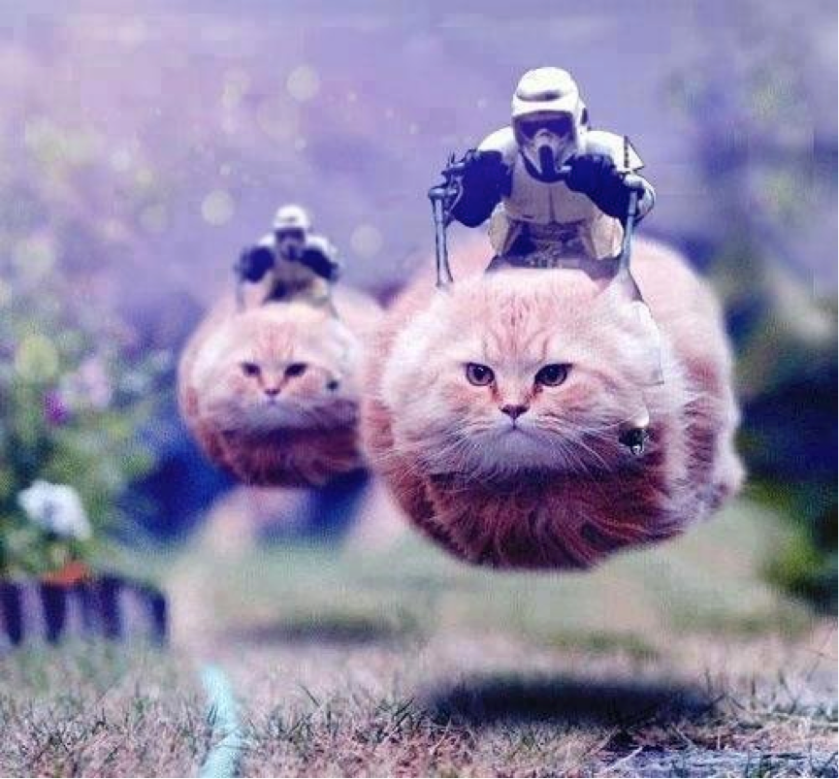
These are deeply human and intended reactions to ever more chaotic environments and media.
I believe it is very important to nurture these human intentions, and the arts of humor, surrealism, and deeper languages than pure digital representations of reality.
Yes, we are talking here about the language of art.
Brian Eno recently defined art as:
“Everything that you don’t have to do”
In that spirit, I leave you with some quotes from Magritte. They are displayed across the three floors of the museum in the same typography of “Ceci n’est pas une pipe.” All quotations are consolidated in a nice PDF that you can find on the museum’s website, with the original French version, and translations in Dutch, English, German and Spanish.

Many of the quotes are very powerful. Here a selection of my personal favorites. I hope you enjoy them as much as I do.
I wish for real love, the impossible and the utopian. I fear knowledge of my exact limits.
To be surrealist is to banish the notion of ‘déjà vu’ and seek out the not yet seen. By this I mean this moment of clarity that no method can reveal.
The real value of art is measured by its capacity for liberating revelation.
Nothing is as strong a defense as love, which allows lovers to enter into an enchanted world perfectly formed for them and where they are protected admirably by isolation.
Rebellion is a reflex of the living man.
Liberty is the possibility of being and not the obligation to be
All that I desire is to be enriched by intensely exciting new thoughts
Please do share with me your intensely exciting new thoughts. Onwards for a fantastic 2016. Happy new year !

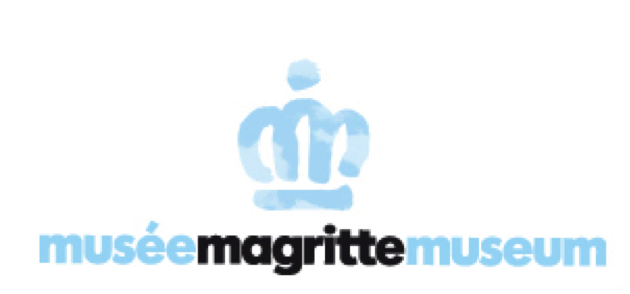

Thank you for the intensely exciting new thoughts!
Hey Peter, Eindelijk heb ik nog eens een van je posts gelezen (mea culpa) Maar ik ben wel blij dat het dan deze over Magritte was. Ik ben vorig schooljaar met ons Bo (toen 11 jaar) naar het Magritte museum geweest, ter voorbereiding van een spreekbeurt voor haar in het 6de leerjaar. Zij vond het ook een zeer interessant museum en een interessante kunstenaar.
Wat mij vooral bijgebleven is, is zijn fascinatie voor metamorfose; de versteende vogels en uiteraard ook zijn ‘woordspelletjes’ die zeer filsofisch kunnen zijn. Ook het feit dat hij een zeer eenvoudig en bescheiden leven leed, aan de zijde van zijn vrouw vond ik zeer opmerkelijk. Zeker in vergelijking met die andere, Spaanse surrealist en tijdgenoot Salvador Dali!.. Soit, de link die jij dan maakt naar de maakbaarheid van gedrag, en dat ook het medium de boodschap is of kan zijn, maakt dat deze post de moeite is om te lezen en niet enkel het relaas is van een interessant museumbezoek.Het jaar is goed begonnen 😉 Mvg,Dominik
Dank u Dominik voor je aanmoedigingen 😉